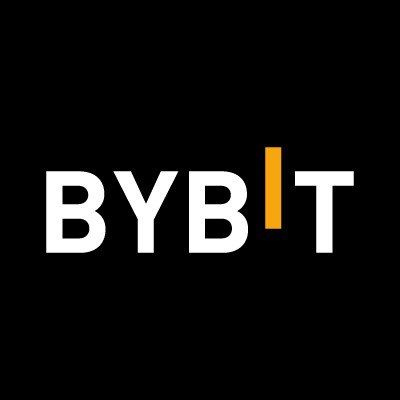448 reads
What Is Aave Token and Should We Pay Attention to It
by
November 30th, 2021
Audio Presented by

Bybit, a crypto exchange, offers an ultra-fast matching engine across Spot, F&O, launchpads, earn products, NFTs & more.
About Author
Bybit, a crypto exchange, offers an ultra-fast matching engine across Spot, F&O, launchpads, earn products, NFTs & more.